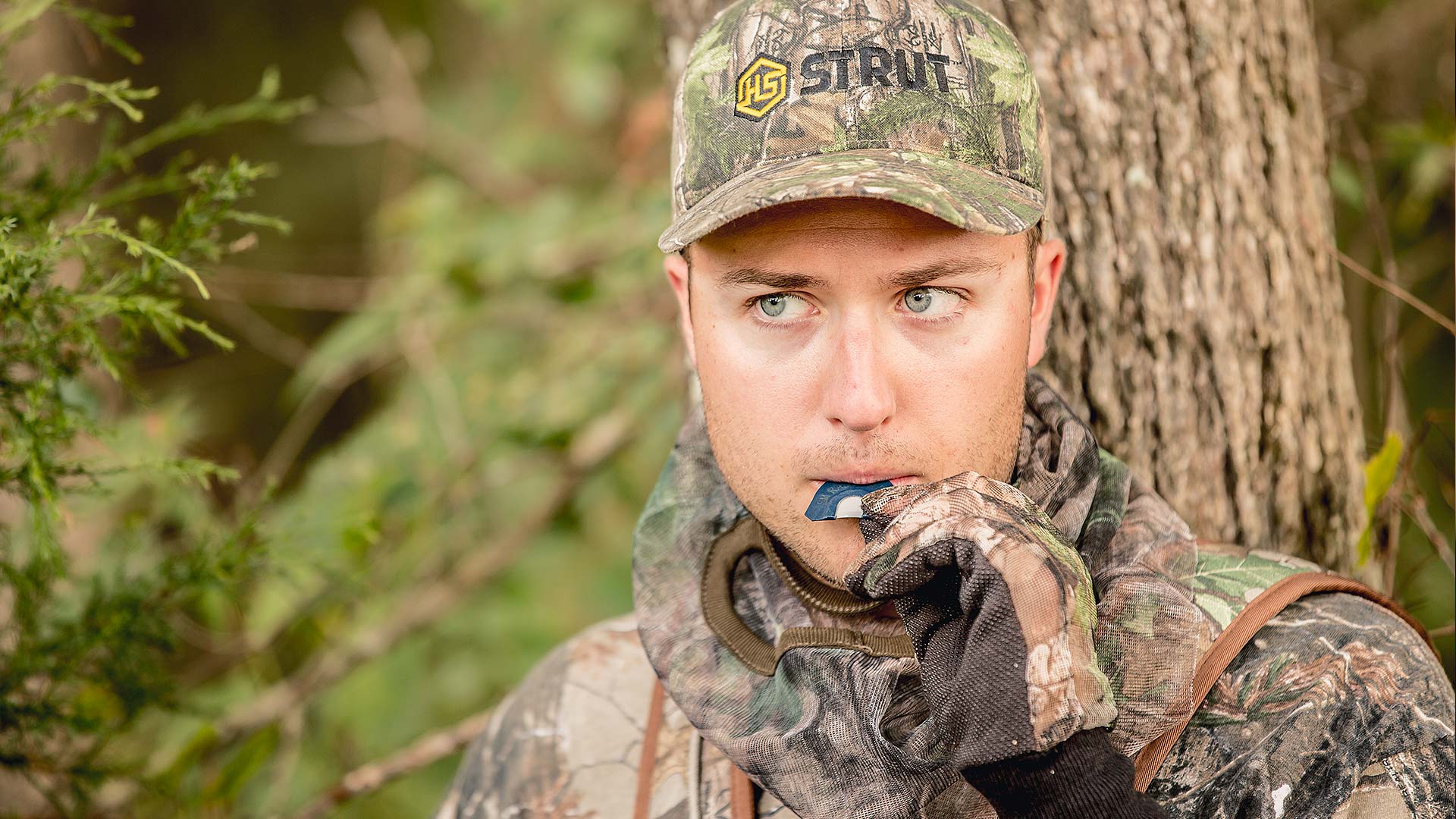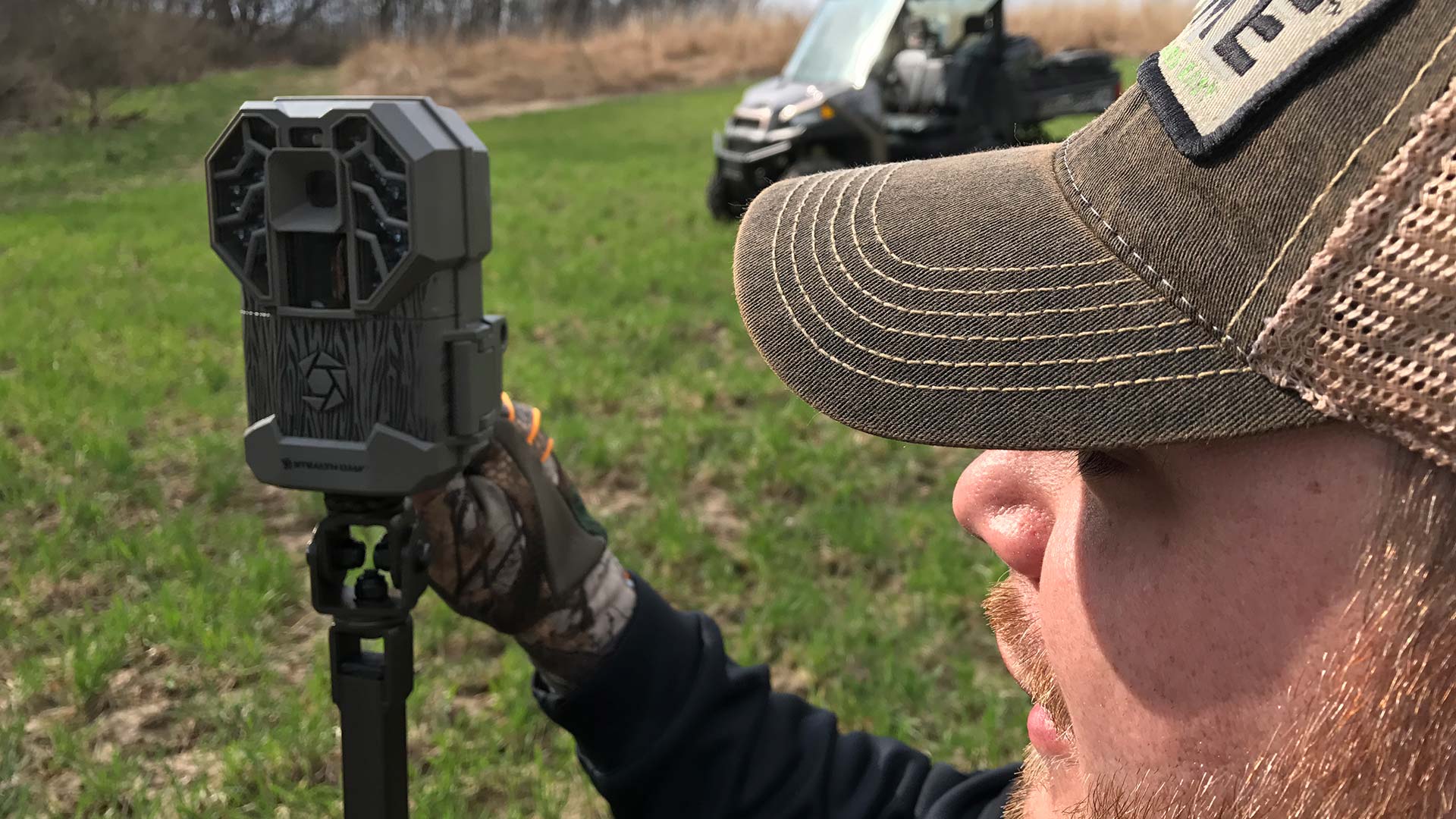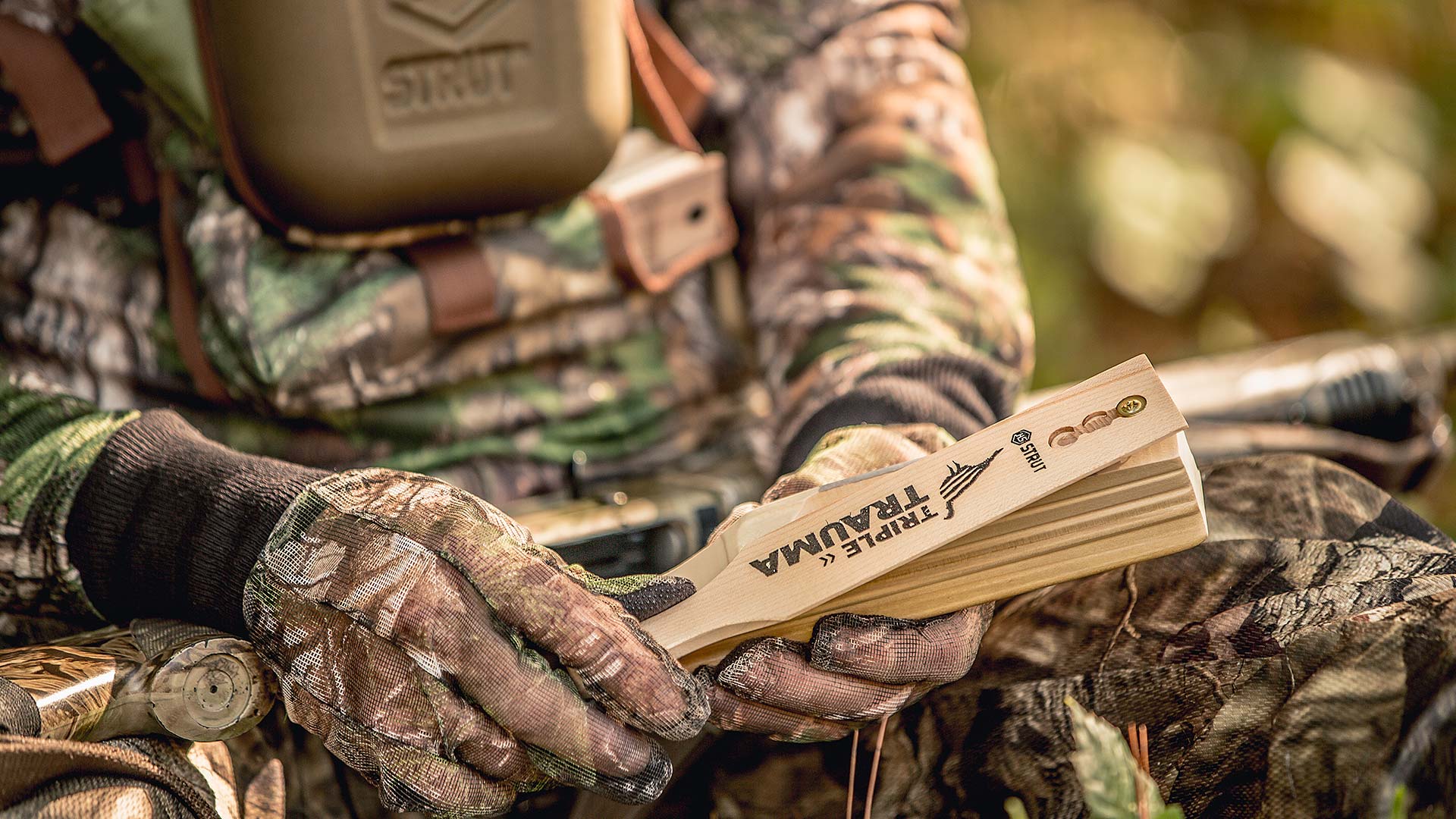Turkey hunting can be one of the most exciting, and most challenging, hunts of your life. A wild turkey’s eye sight is second to none and a mature gobbler’s keen sense of danger can often make him difficult to kill. So if you’re just getting started with turkey hunting, we’ve compiled a series of common questions & answers that will help speed up your learning curve and hopefully help you fill your turkey tag this season.
What is the best turkey call to use?
The “best call” is far from an absolute answer. The best call can change from bird to bird and from location to location. This is why becoming a successful turkey hunter means that you need to be proficient with several different types of calls. Often times we use our favorite call and a gobbling bird goes quiet. This is definitely not the time to pack up and head home, it’s time to either wait for the bird to come find you or to pull out your slate, box or wing bone call and try to fire him up again. You’ll be surprised at how many times this means your walk back to the truck involves another 22 pounds of “dead” weight.

How much scouting should I do before turkey season?
You can never do too much scouting, it helps to be as familiar with the birds’ pattern as you can. This way you can try to anticipate where the birds might be going and beat them to their destination. When scouting be on the lookout for turkey droppings, tracks and scratchings in the dirt or leaves. This will indicate areas where turkeys are using on a regular basis and help you hone in on locations to hunt. Another helpful tip is to use binoculars or a spotting scope to keep an eye on fields both in the mornings and afternoons. In early mornings or late afternoons you can often locate areas close to where the birds are roosting at night. During mid-day you can locate areas where birds like to feed and strut.

Additionally, the use of trail cameras in time lapse mode can be a great help for turkey hunters. These cameras scout for you even when you can’t be there and can help you locate birds and learn their patterns.
How many different turkey calls do I need to learn?
It definitely is not mandatory to learn multiple calls, but it certainly helps. For example, diaphragm calls can be difficult to learn but being able to call without moving your hands is priceless when a tom is working in close. Most turkey calls can be learned with a little bit of practice. Most turkey hunters start with some sort of friction call, whether that is a box call, slate call or push-button call. These turkey calls are typically the easiest to master and can make a variety of turkey sounds. Start off with the yelp, cutt and purr. Those three calls will make up the majority of your turkey calling and will be more than enough to get you started.

How do you prepare for the first turkey hunt of the season?
It’s always important to prepare prior to the night before the opener. Practice calling on your way to work (a good way to keep your wife sane). Make sure you have decoys, multiple calls and that your gun is patterned every spring. Make sure you have insect repellent, gloves and anything else you might need in the turkey woods.
What are a few tips that can help me harvest a turkey this Spring?
These are the two best tips that I can offer… First, find the birds and follow them to their roost, be there well before the sun shows signs of life in the morning and get within 50 yards of where the birds flew to the tree. Try not to use a flashlight or make too much noise to alert the birds to your presence. They can’t see in the dark, which is why they roost in trees for safety at night. So don’t worry about being seen so long as you arrive early enough. Once the light starts showing on the horizon you had better be in position.
Second, when a bird that you can hear but can’t see gets close and shuts up, stop calling and wait him out. He didn’t leave, he’s waiting for the hen to come to him and if she doesn’t appear he often will come looking. Unlike deer hunting where the buck typically seeks out the doe, turkeys are different. Hens usually go to the gobbler so sometimes you need to play hard to get in order to lure him in close enough for a shot.
What common mistakes do turkey hunters make?
The biggest mistakes all result from a lack of patience. The first is that hunters quit hunting because they didn’t hear any birds early in the morning. Much of the time, mid-morning and afternoon are some of the best times to call, especially on cloudy days. When gobblers fly off the roost they will often attract hens right away and not be receptive to your calling. A few hours later they often split off from their hens and can be susceptible to calling and decoys.
Another mistake many turkey hunters make is thing that if a bird gobbles for a long time then stops he’s not interested. If that happens it’s not time to go home… it’s time get your shotgun ready. Very likely, the bird is coming to look for you. So be patient and wait him out.